Macroeconomics Assignment: Analysis of Demand and Labour Markets
VerifiedAdded on 2020/02/24
|5
|794
|102
Homework Assignment
AI Summary
This macroeconomics assignment analyzes two key areas: the impact of increased demand from China on Australia's economy and the relationship between leisure and the labour market. The first part examines how increased exports shift the aggregate demand curve, leading to a rise in real GDP, an inflationary gap, and changes in various expenditure components, including disposable income and government expenditure. The second part delves into the labour theory, exploring the inverse relationship between the supply of labour and the wage rate, while also considering the impact of leisure time. It analyzes how preferences, income levels, and other factors affect the labour supply curve, and how shifts in this curve influence employment levels and wage rates. The assignment uses figures to illustrate the concepts and provides references to support the analysis.
1 out of 5
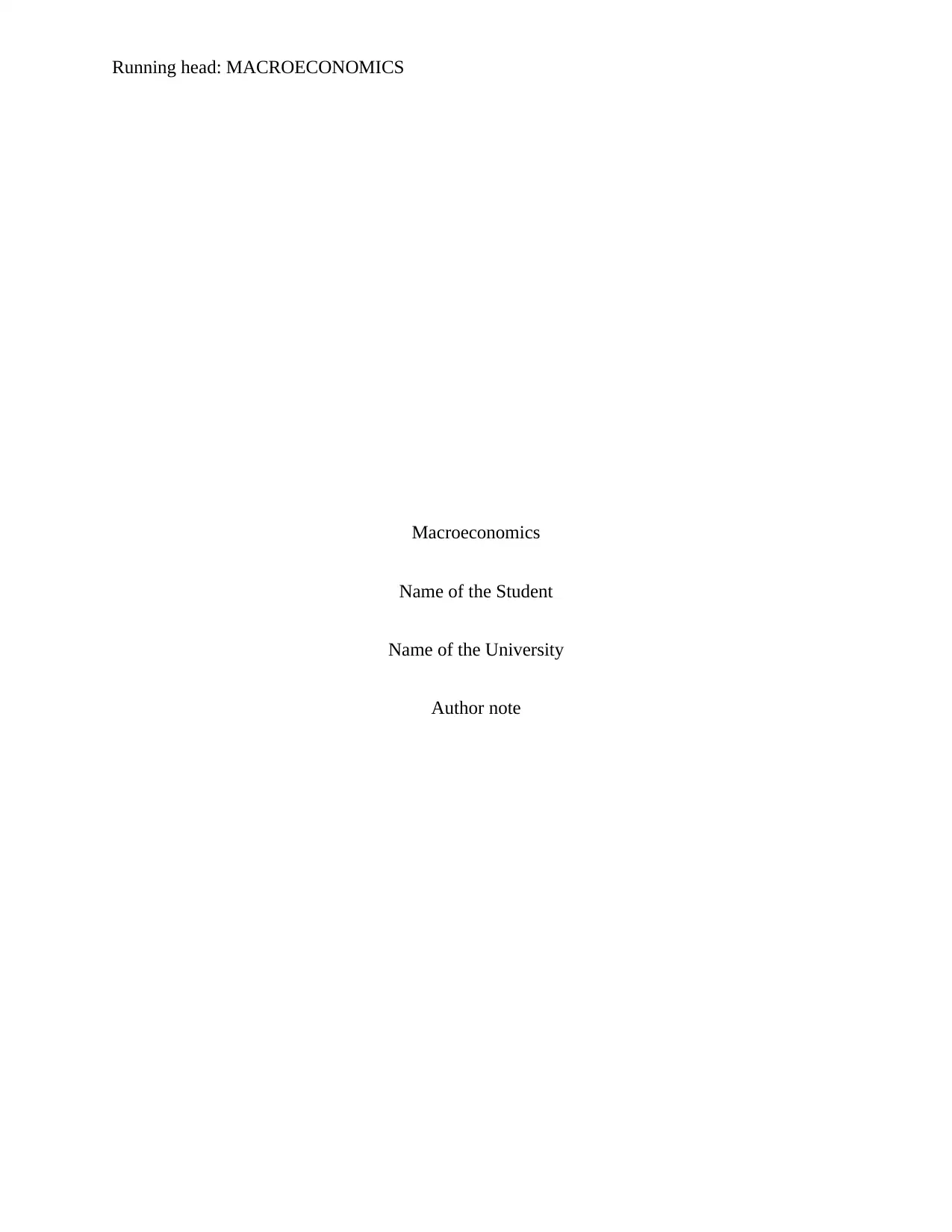
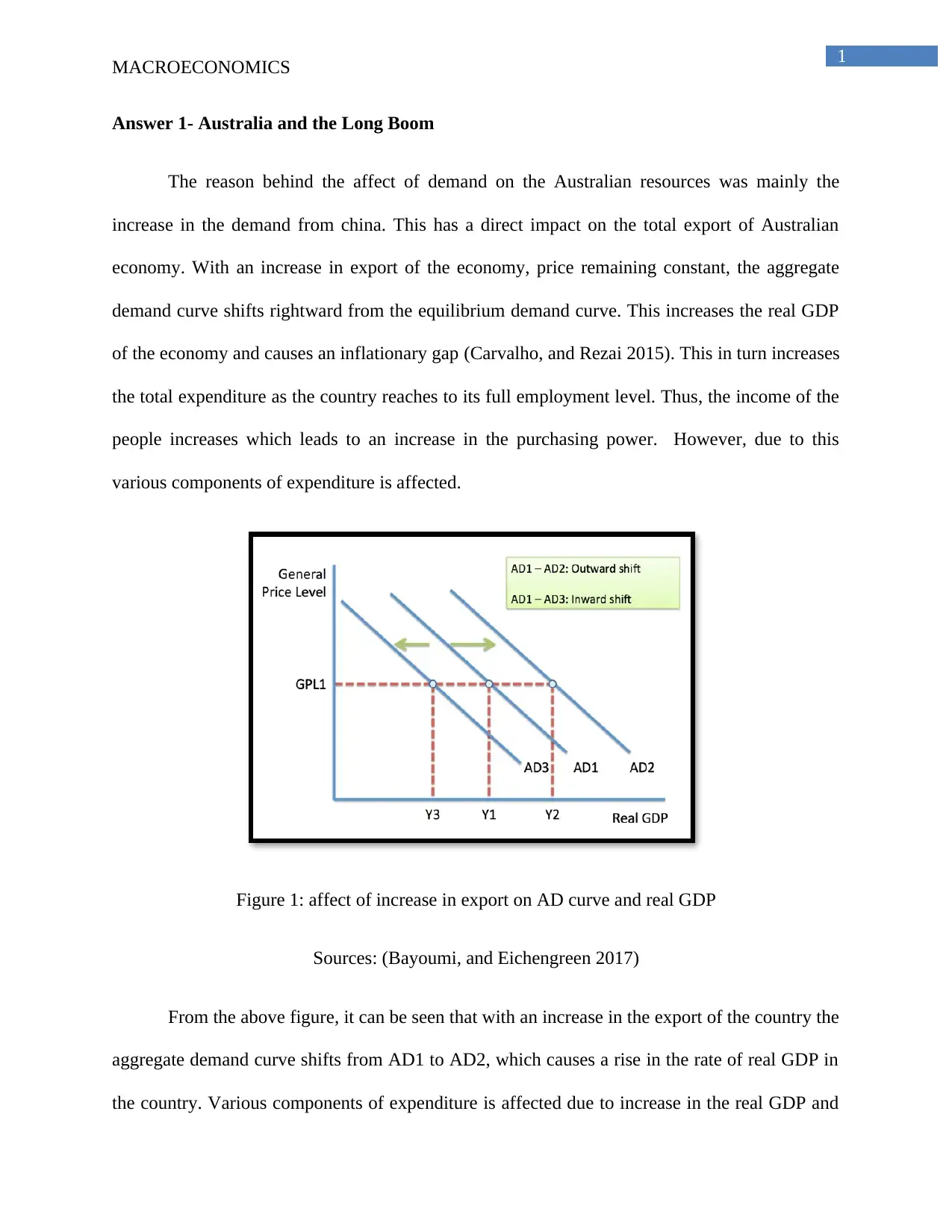
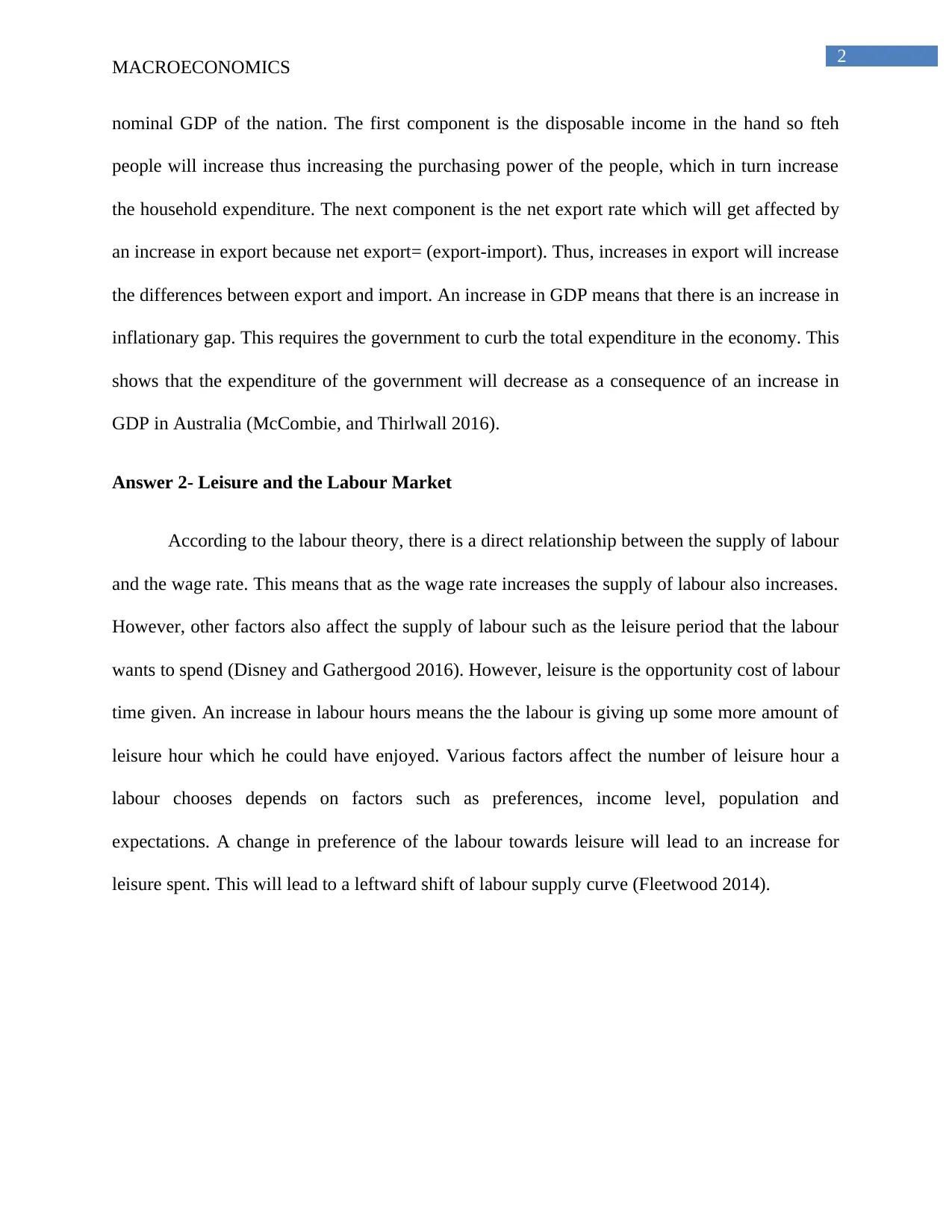

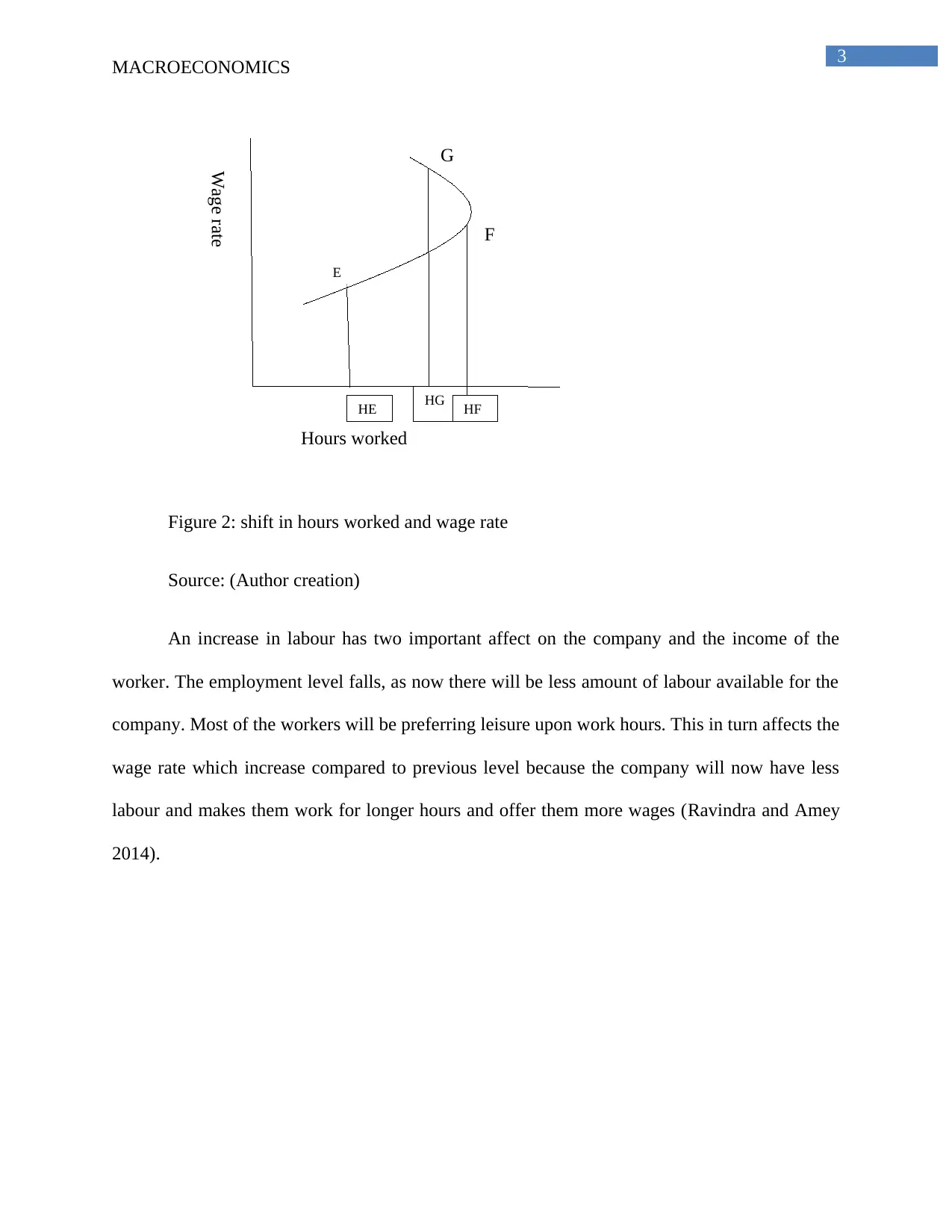
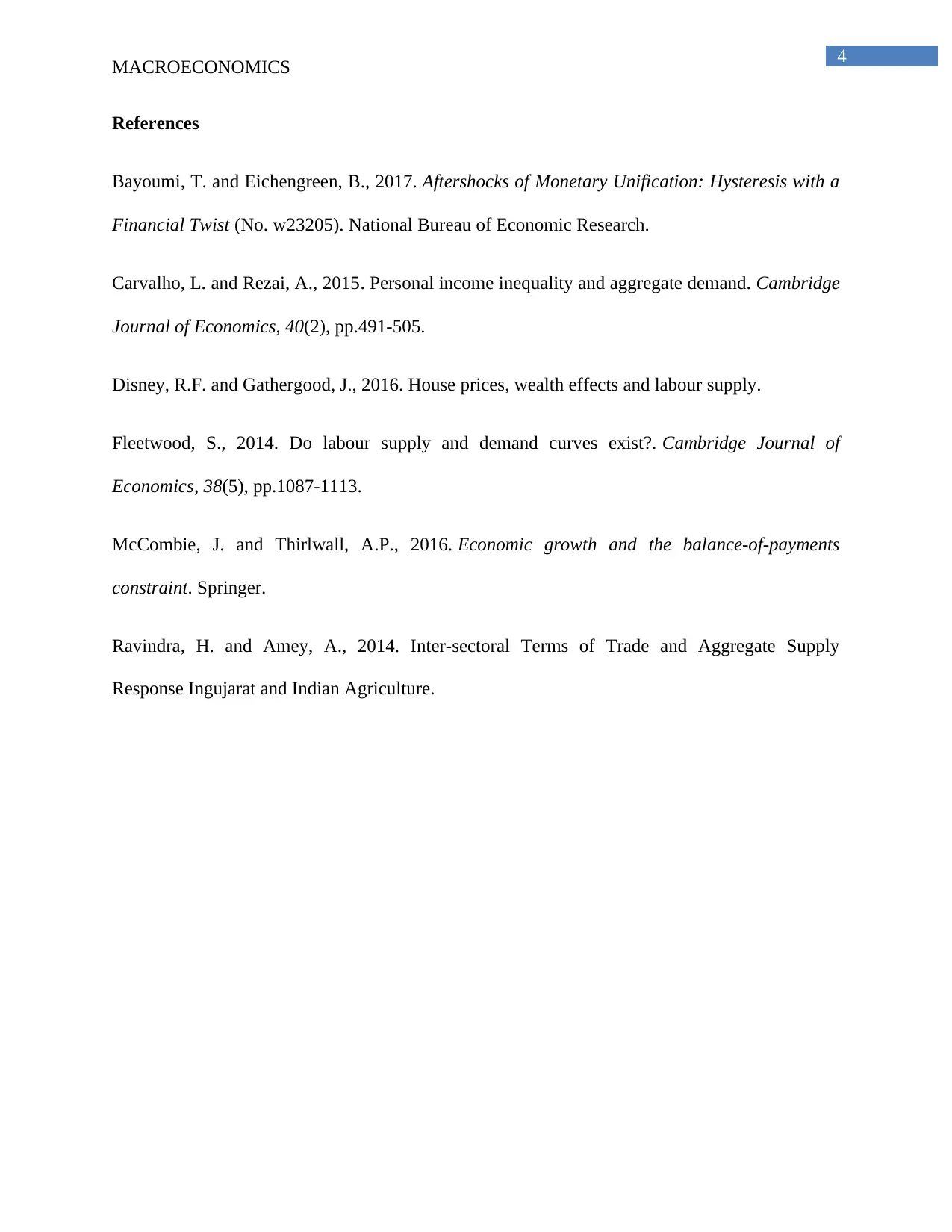






![[object Object]](/_next/static/media/star-bottom.7253800d.svg)